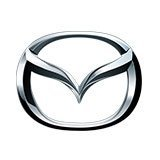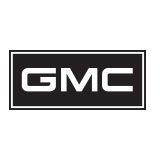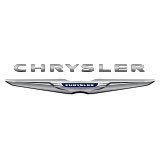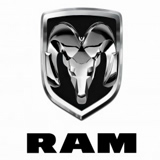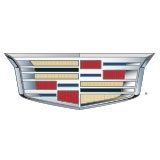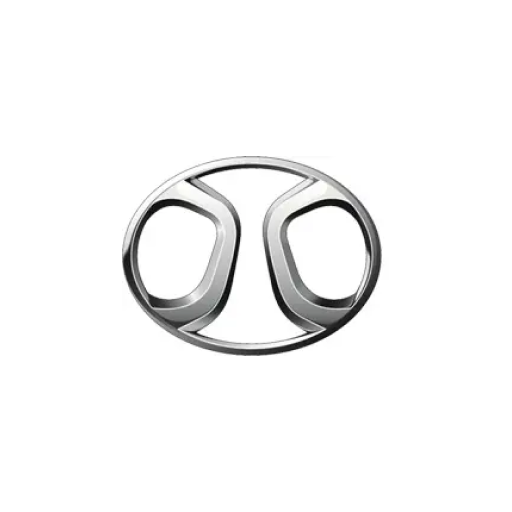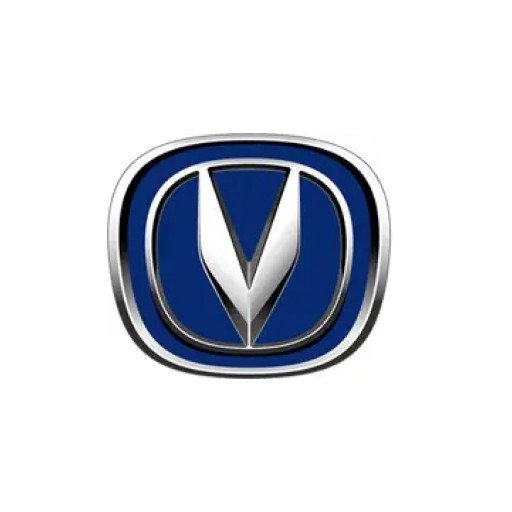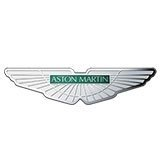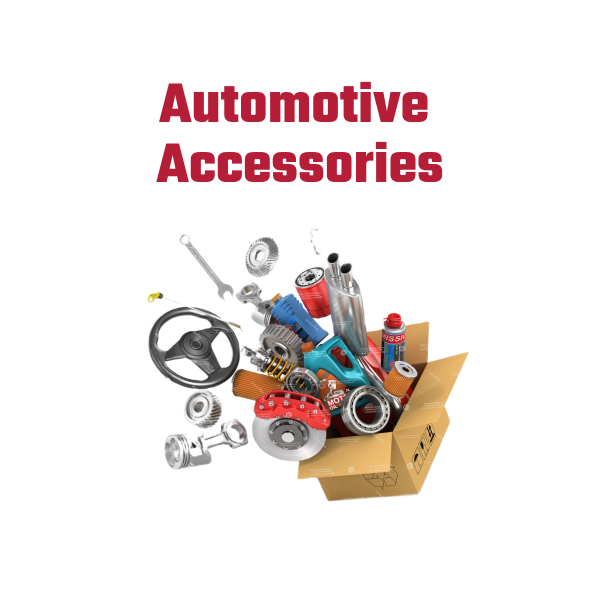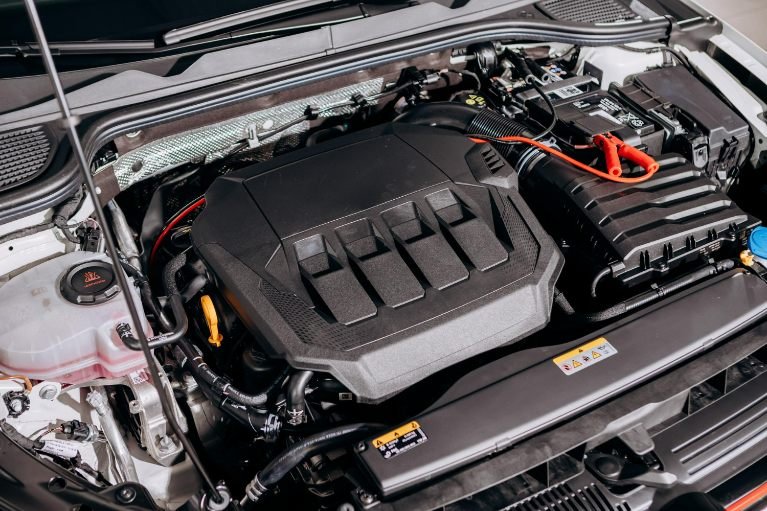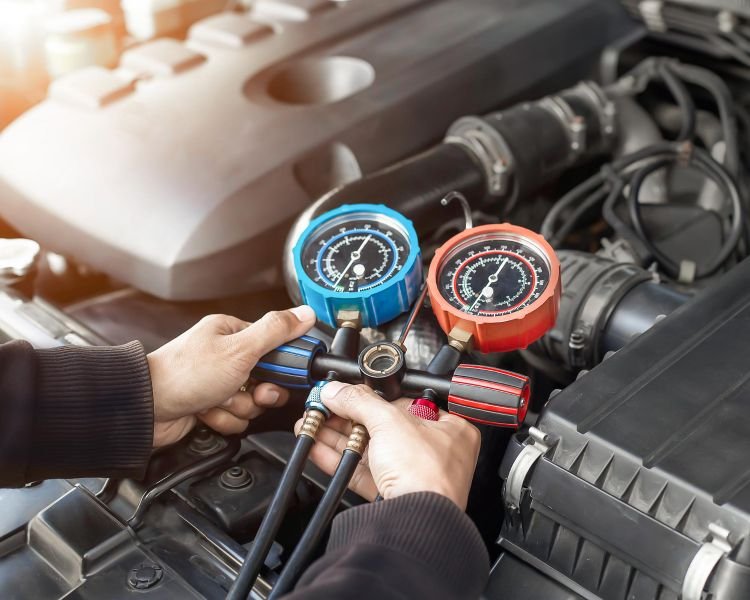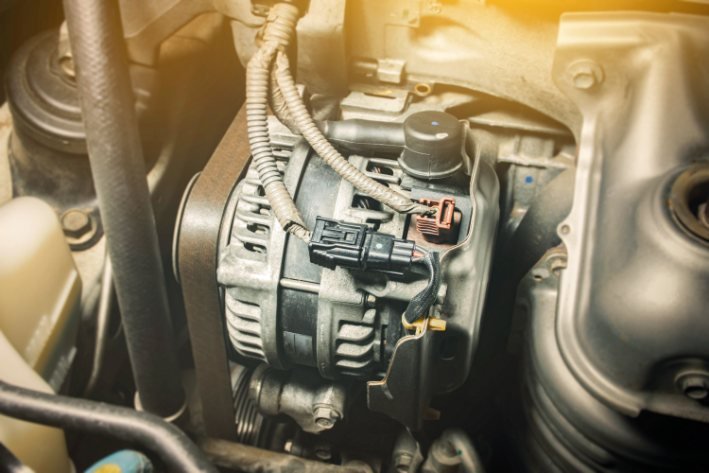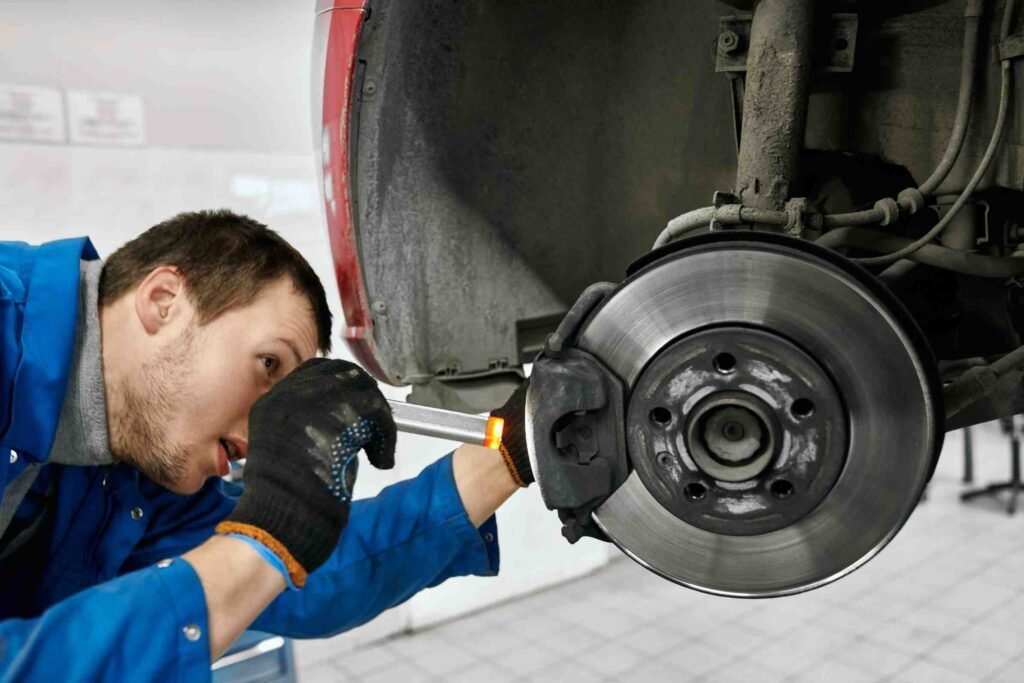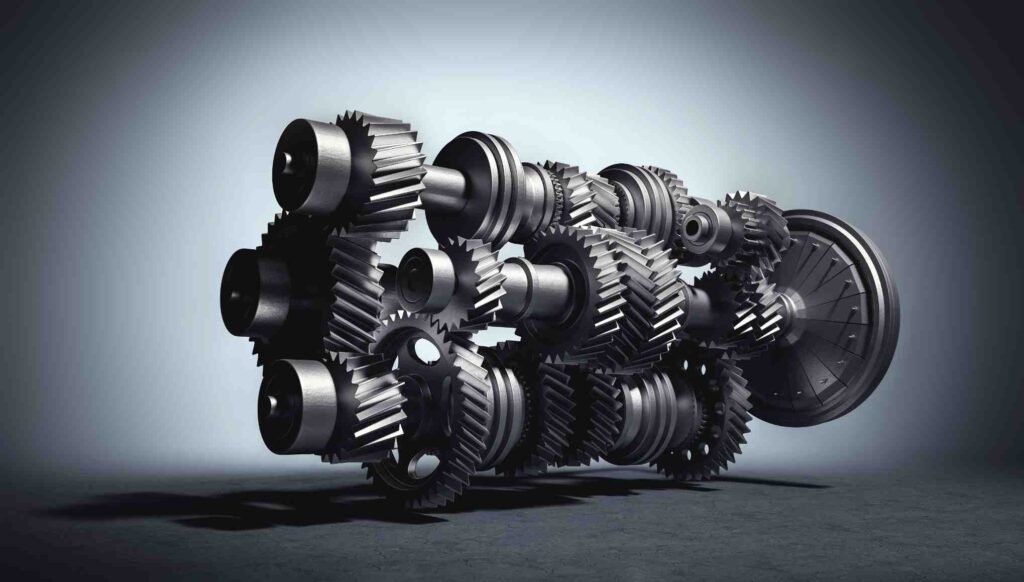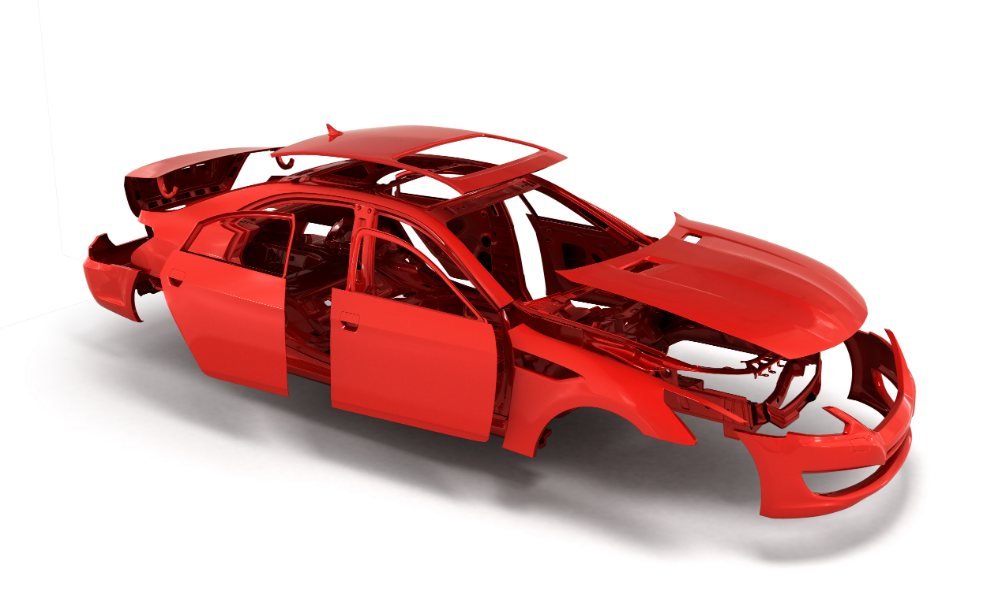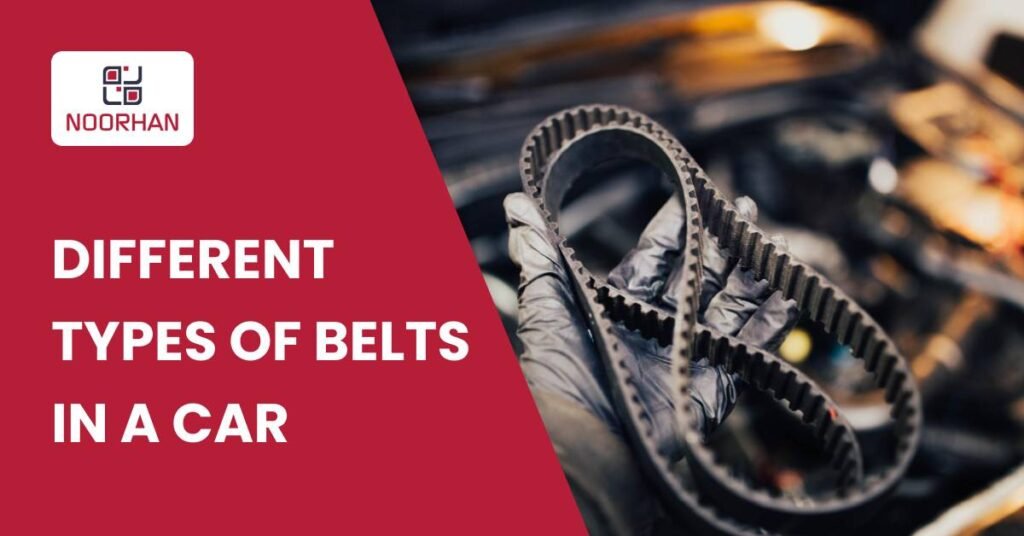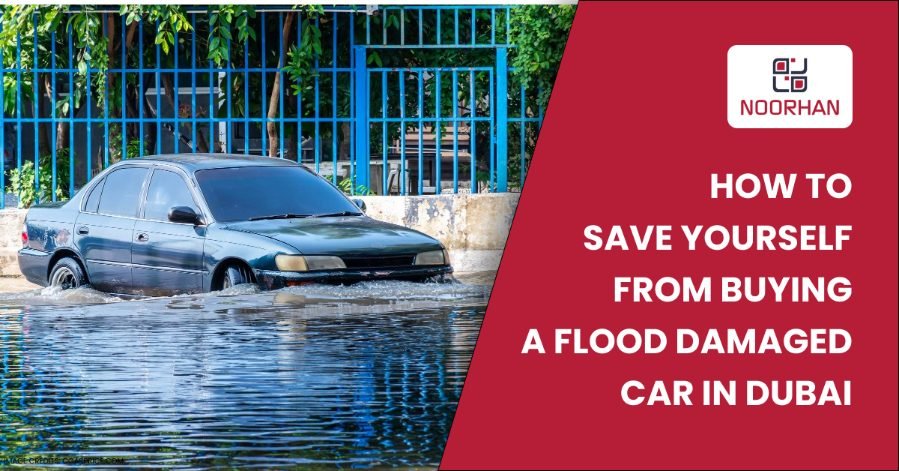Different Types of Belts in a Car
In this blog, we delve into the vital role of belts in a car’s functioning. Belts are a common feature in modern automobiles, and they all have essential functions. We’ll review everything, from the timing belt synchronizing engine components to the serpentine belt ensuring numerous systems operate smoothly. Our main goal is to inform readers about the importance of these belts and how they support the efficient operation of their vehicles.
Readers can ensure their automobiles operate as efficiently as possible and steer clear of potential problems in the future by understanding the purposes and maintenance advice for each type of belt .Let’s learn more about the importance of seatbelts for automobiles so that we can be more savvy auto owners.
Table of Contents
- List of Different Types of Belts in a Car
- Serpentine belt:The Heart of Efficient Car Systems
- Timing belt :The Precision Timekeeper of Your Car’s Engine
- Drive Belt (Accessory Belt): Empowering Secondary Car Components
- Alternator Belt (Charging Belt): Energizing the Electrical System’s Brain of Your Car
- Power Steering Belt: Enhancing Steering Performance
- AC Compressor Belt: Keeping Cool in the Summer Heat
- Fan Belt: Engine Cooling’s Silent Hero
- Conclusion
- Where can you buy Best Auto Spare Parts in Dubai?
List of Different Types of Belts in a Car
1. Serpentine belt: The Heart of Efficient Car Systems
The serpentine belt, so named because it winds around multiple engine pulleys like a snake, is an essential part of modern cars. It is often located at the front of the engine, and thanks to its unusual design and length, it may simultaneously power several important systems. Its actual location may vary between automobile models, although it is typically placed close to the front of the engine to allow for simple access to other parts.
The serpentine belt serves various purposes, making it one of the most crucial components in a car’s operation. The first thing it drives is the alternator, which produces electricity to operate the electrical system and charge the battery. Second, the belt rotates the water pump, promoting circulation in the cooling system and preventing engine overheating.
The serpentine belt experiences wear and tear over time despite playing a critical role, which could cause problems. Cracking, fraying, or stretching are frequent issues that can result in losing power to essential systems. To prevent expensive damages, routine inspection and prompt replacement are required
2. Timing belt: The Precision Timekeeper of Your Car's Engine
The timing belt matches an automobile engine’s crankshaft and camshaft rotations. Proper air-fuel mixture intake and exhaust are made possible by ensuring that the engine’s valves open and close at regular intervals. The timing belt thus guarantees optimum engine performance, power delivery, and fuel economy.
Because the timing belt is a wear-and-tear component, it is crucial to replace it. Manufacturers propose replacement intervals, often between 60,000 and 100,000 miles, but it’s better to refer to your car’s manual for detailed instructions.
It is essential to recognize warning signals of a malfunctioning timing belt to avoid potential consequences. Engine misfires, strange engine noises, or trouble starting the car are typical warning signs. You may prevent expensive repairs and keep the beating heart of your car’s engine in perfect harmony by promptly attending to any warning indications and following the manufacturer’s recommended replacement schedule.
3. Drive Belt (Accessory Belt): Empowering Secondary Car Components
The drive belt, often referred to as the accessory belt, and the serpentine belt have different purposes and are frequently mistaken for one another. The drive belt works particular accessories in the engine bay, whereas the serpentine belt powers various engine systems. Connecting the crankshaft to other auxiliary parts, such as the water pump, air conditioning compressor, power steering pump, and alternator, takes a less complicated route.
Powering vital secondary components that improve driving comfort and safety depends heavily on the drive belt. The alternator maintains electrical systems and charges the battery, the power steering pump makes steering simple, and the air conditioning compressor keeps the interior cool in warmer weather. The water pump makes sure that the engine is properly cooled.
Keeping the drive belt in good condition is essential for avoiding unexpected failures and ensuring the best operation of the accessory systems. It is advised to regularly check for wear indicators like cracking, fraying, or glazing. Additionally, for efficient power transfer and belt longevity, the proper tension is essential
4. Alternator Belt (Charging Belt): Energizing the Electrical System's Brain of Your Car
A vital part that is essential to the electrical system of an automobile is the alternator belt, often known as the charging belt. It is situated in the engine compartment and links the alternator, which produces electricity, to the engine’s crankshaft.
The charging system’s importance rests in its capacity to keep the battery charged while meeting the needs of the vehicle’s electrical system. The alternator produces energy as the engine runs, keeping the battery charged and prepared to give power when the engine is off. The battery’s charge would soon run out without a working alternator and alternator belt, resulting in electrical system failure and perhaps leaving the car stranded.
It is crucial to recognize the warning signals of a bad alternator belt to prevent electrical system failures. A loose or worn-out alternator belt may make squealing noises from the engine bay when the vehicle accelerates or turns on electrical features like the headlights and air conditioning.
5. Power Steering Belt: Enhancing Steering Performance
The power steering belt, which transfers power from the engine to the power steering pump, is an essential component of the power steering system. This makes it easier for drivers to turn the steering wheel, which saves effort and improves maneuverability.
A damaged power steering belt can make steering more difficult by increasing the amount of resistance experienced when turning the wheel. This may jeopardize vehicle control and safety, particularly when making tight turns or moving slowly.
The power steering belt needs to be inspected and maintained regularly. Potential problems can be avoided by checking for wear indicators, appropriate tension, and alignment. A dependable and quick power steering system for a comfortable driving experience is ensured by timely replacement and resolving any irregularities.
6. AC Compressor Belt: Keeping Cool in the Summer Heat
Connecting the engine’s crankshaft to the air conditioning compressor, the AC compressor belt is a crucial part of the cooling system. The compressor is powered by the engine’s belt drive, which pressurizes and circulates refrigerant to effectively chill the cabin.
If the air conditioning system malfunctions, there won’t be enough cool air inside the automobile because the compressor belt will have broken or grown loose. It can be uncomfortable to drive when the AC compressor belt isn’t functioning properly, especially in hot weather.
To guarantee the AC compressor belt is operating properly, routine maintenance and inspection are crucial. It is vital to regularly check for wear indicators, proper tension, and alignment. It is possible to avoid AC system failure and have a comfortable driving environment during the sweltering summer by promptly replacing a worn or damaged belt.
7. Fan Belt: Engine Cooling's Silent Hero
By linking the engine’s crankshaft to the cooling fan, the fan belt significantly contributes to engine cooling. The fan is driven by the engine’s belt drive, which assists in dissipating heat from the radiator and maintaining the engine at its ideal temperature.
Overheating problems can result from a broken fan belt since the cooling fan won’t run properly. Engine damage, decreased performance, and potential failures may come from this.
It’s crucial to routinely check the fan belt for symptoms of wear, cracking, or fraying. The fan belt is crucial for dependable engine performance since maintaining adequate tension and changing the belt as needed will prevent cooling system issues and guarantee the engine stays cool.
Conclusion:
Throughout this review, we’ve discussed many belt types found in cars, from the fan belt to the serpentine belt, each of which is critical in driving various parts of the vehicle.In order to avoid failures and expensive damages, belts must be maintained regularly and replaced when necessary. Poor belt maintenance can have serious repercussions on your car’s performance and safety.
Be proactive and knowledgeable about your car’s belts. In order to ensure safe and effective driving, regularly inspect and repair them. Giving these seemingly little parts the attention they require can maintain your car in top shape and allow you to travel without concern.
Where can you buy Best Auto Spare Parts in Dubai?
Auto Spare Parts are available at different suppliers and dealers of auto spare parts in Dubai. Noorhan is amongst the leading brands that deal with genuine auto spare parts and aftermarket parts for different car brands, including BMW, Mercedes, Audi, Porsche, Honda, Toyota, Nissan, Mazda, Jeep, Ford, and other Japanese, European, American, Korean, luxury cars brand.
If you’re looking to replace your old Auto Spare Parts with high-quality aftermarket parts in Dubai, Noorhan can help you.









